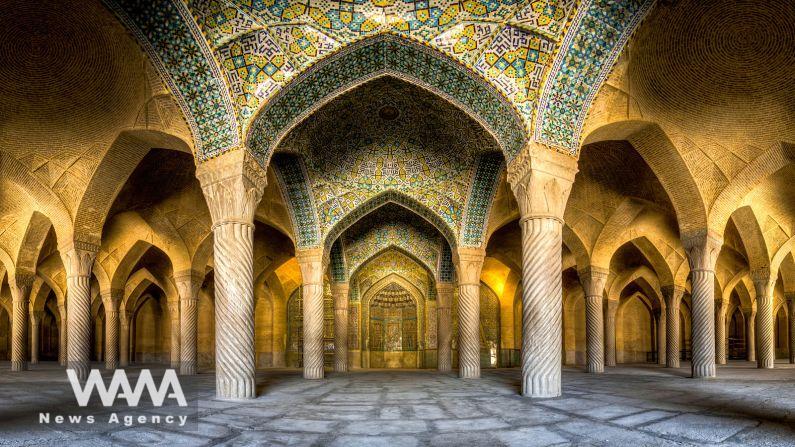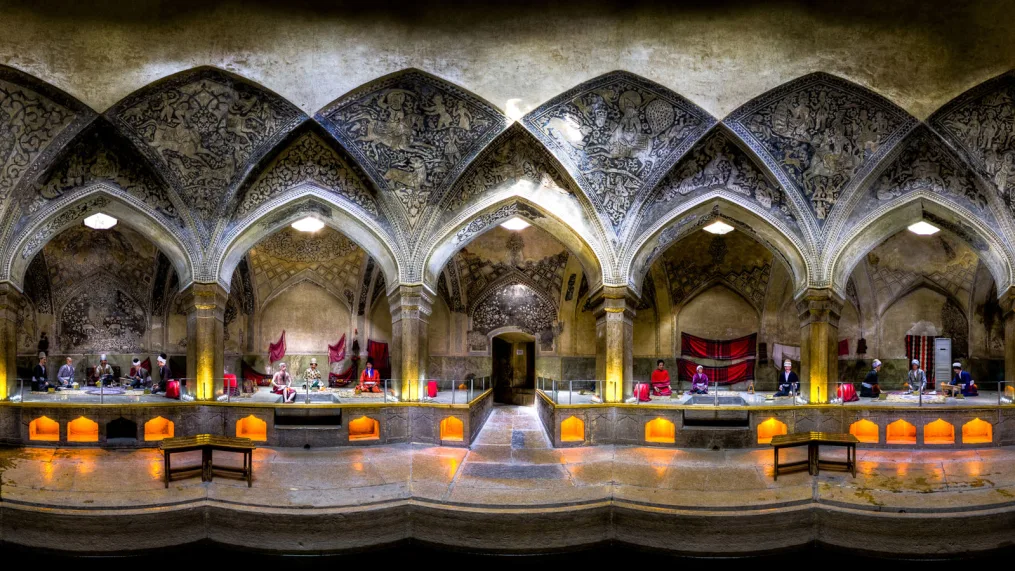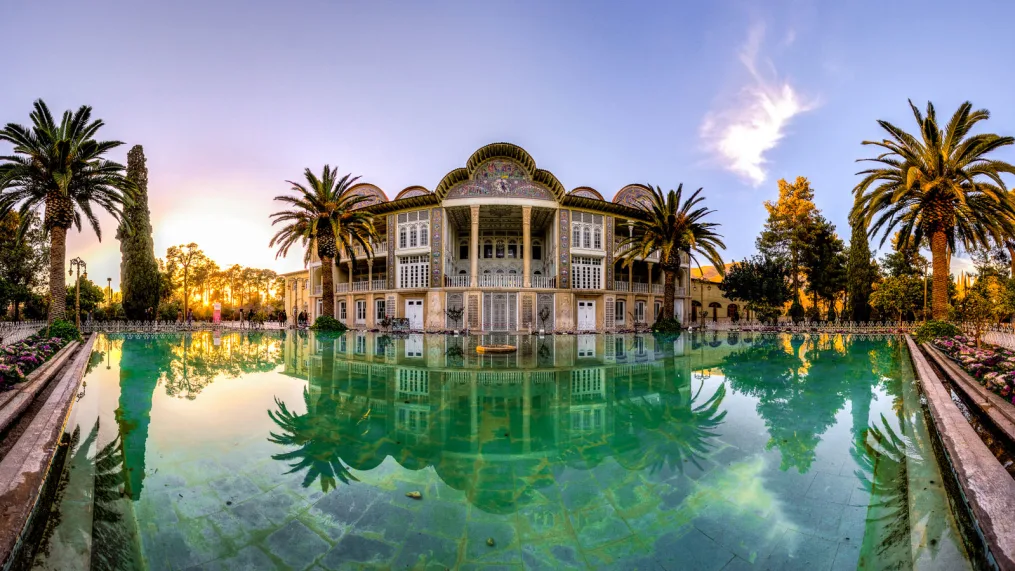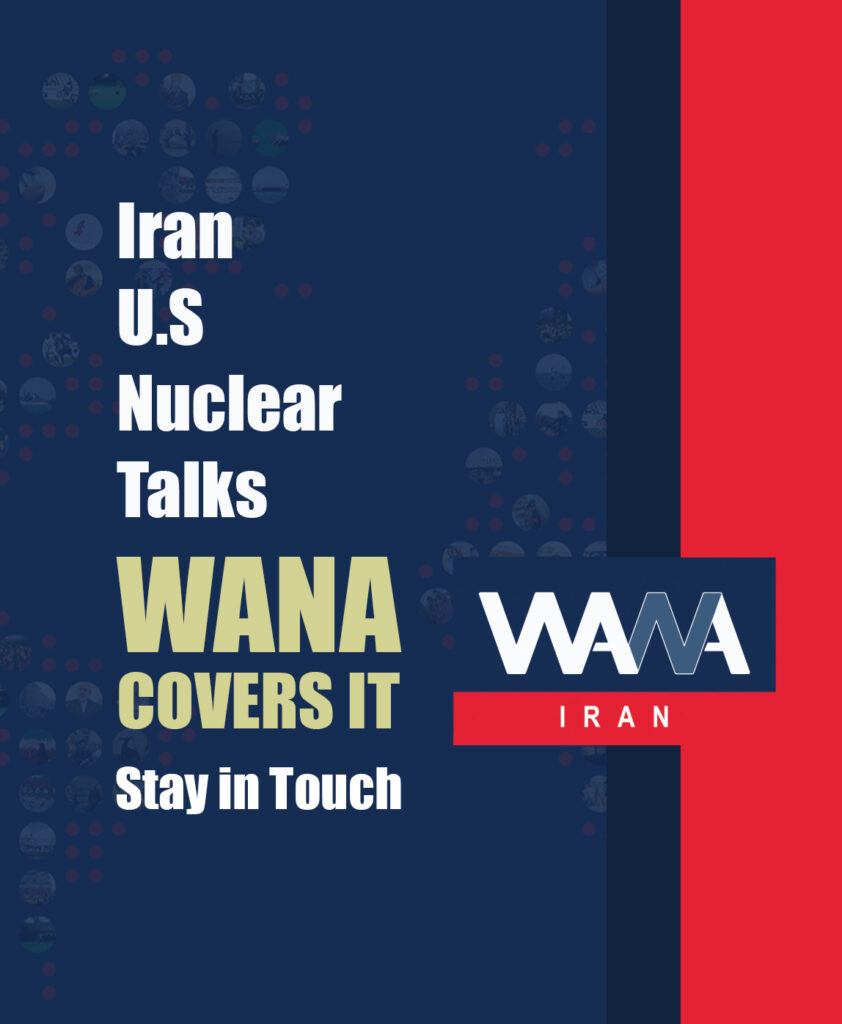Unlocking the Mysteries of Iran: Land of Unseen Wonders
WANA (Aug 22) – Undoubtedly, you have heard or read things about a country called Iran. Despite being known worldwide, Iran remains like an undiscovered island, full of natural, cultural, historical, and tourist wonders.
This enigmatic country, though often recognized for its political and military landscape due to its location in one of the most politically and militarily tense regions of the world—West Asia—deserves recognition for much more than these aspects.
Iran’s unique position has led to its perception being heavily influenced by the political and military dynamics of its region. However, this perspective only scratches the surface of what Iran truly represents.
Beyond its geopolitical significance, Iran possesses remarkable potential and worthiness to be distinguished among the world’s top destinations in the realm of tourism.
Iran is a treasure trove of warm and hospitable people, rich culture, and pristine natural landscapes that are simply breathtaking. These qualities draw anyone with a love for beauty and exploration.
From the mesmerizing deserts to the lush forests and from ancient historical sites to the vibrant, colourful markets, Iran offers an array of experiences that captivate the heart and soul of every visitor.
Iran, once known as Persia, is one of the oldest nations in the world, with a rich history that spans over 6,000 years. Throughout its long history, Iran has been at the crossroads of many cultures, civilizations, and empires, witnessing the rise and fall of numerous dynasties that have left a profound legacy of art, literature, and science.

These dynasties have ranged from the mighty Achaemenid Empire, which ruled vast territories in the 6th century BCE, to the Islamic Golden Age, which flourished from the 9th to the 13th century CE. Each era contributed to the development of a unique cultural and intellectual heritage that continues to influence the world today.
Iran has been, and continues to be, the birthplace of many great poets and scholars. Poets such as Ferdowsi, Hafez, and Saadi have left an indelible mark on the literary world, while scientists like Zakariya al-Razi, Avicenna (Ibn Sina), and Al-Biruni made groundbreaking discoveries that still impact the lives of people around the globe.
The contributions of these figures to art, science, and literature have not only shaped the cultural identity of Iran but have also enriched human civilization as a whole.
Iran’s historical and cultural significance continues to be felt worldwide, underscoring its role as a cradle of ancient civilization and a beacon of cultural heritage.
One of the many attractions of Iran is its extraordinary and melodious music, particularly Persian folk and classical music. This rich musical heritage is a source of deep emotional expression, resonating with the soul and captivating listeners worldwide.
Iran is also a paradise for food enthusiasts, offering an endless array of culinary delights that are not only diverse but also delicious and full of flavor.
Iran is home to numerous ceremonies and traditions, each with its own unique charm and customs. These events, such as Nowruz (Persian New Year), Chaharshanbe Suri (Festival of Fire), Muharram, and Yalda Night, are deeply rooted in Iran’s rich culture, religion, and history. They offer a fascinating glimpse into the nation’s heritage and are intriguing to people from all over the world.
Spanning an area of 1,648,195 square kilometers, Iran encompasses a vast and diverse landscape, including 116,600 square kilometers of water bodies. The country is divided into 31 provinces, each with its own distinct historical and cultural background, inhabited by various ethnic groups.
Iran’s unique geographic position gives it four distinct seasons and four climates: temperate and humid, hot and dry, cold and mountainous, and hot and humid.
This climatic diversity has endowed Iran with a wide range of natural landscapes, from lush forests to arid deserts, and from snow-capped mountains to warm coastal areas.
On the global stage, Iran boasts a remarkable presence with 28 sites registered with UNESCO. Of these, 26 are cultural heritage sites, and 2 are natural heritage sites.
With 161 countries having registered their heritage sites with UNESCO, Iran holds the prestigious 10th position globally. This ranking highlights Iran’s significant and noteworthy status in the realm of global tourism.

Amazing symmetry: Vakil Bath. Mohammad Reza Domiri Ganji
The list of UNESCO-registered sites, along with their year of registration, is as follows:
Cultural
- Meidan Emam, Isfahan (1979)
- Tchoga Zanbil (1979)
- Persepolis (1979)
- Takht-e Sulaiman (2003)
- Pasargadae (2004)
- Bam and its Cultural Landscape (2004)
- Soltaniyeh (2005)
- Behistun (2006)
- Armenian Monastic Ensembles of Iran (2008)
- Historical hydraulic system of Shushtar (2009)
- Tabriz Historical Bazaar Ensemble (2010)
- Ensemble of the Khanegah and the shrine of Sheikh Safi al-Din in Ardabil (2010)
- The Persian Garden (2011)
- Gonbad-e Qābus (2012)
- Masjed-e Jāme’ of Isfahan (2012)
- Golestan Palace (2013)
- Shahr-i-Sokhta (2014)
- Maymand Cultural Landscape (2015)
- Susa (2015)
- The Persian Qanat (2016)
- Historic city of Yazd (2017)
- Sassanid Archaeological Landscape of the Fars Region (2018)
- Trans-Iranian Railway (2021)
- Hawraman/Uramanat Cultural Landscape (2021)
- The Persian Caravanserai (2023)
- Hegmataneh (2024)
Natural
- Lut Desert (2016)
- Hyrcanian Forests (2019, 2023)
Contrary to common misconceptions, Iran is not currently engaged in warfare with any country. Foreign tourists can travel safely and securely across various parts of this remarkable land.
Another prevalent misunderstanding concerns Iran’s official language. Despite being situated among Arabic-speaking countries, Iran’s official language is Persian, not Arabic.
Many people from other nationalities mistakenly perceive Iran as a desert country with minimal technological and scientific advancement, and they even believe that Iranians rely solely on camels for transportation. These assumptions are completely unfounded and fundamentally incorrect.
In its forthcoming articles, the WANA News Agency will provide an in-depth exploration of the characteristics of the Persian land. We will delve deeper into the features that define this nation, known as “the Land of Noblemen and Brave”—the meaning of the word Iran.
This series aims to enhance your understanding of a country with a rich and storied heritage, offering insights into its historical significance, cultural richness, and contemporary advancements.

Eram Gardens: “Positive energy.” Mohammad Reza Domiri Ganji












